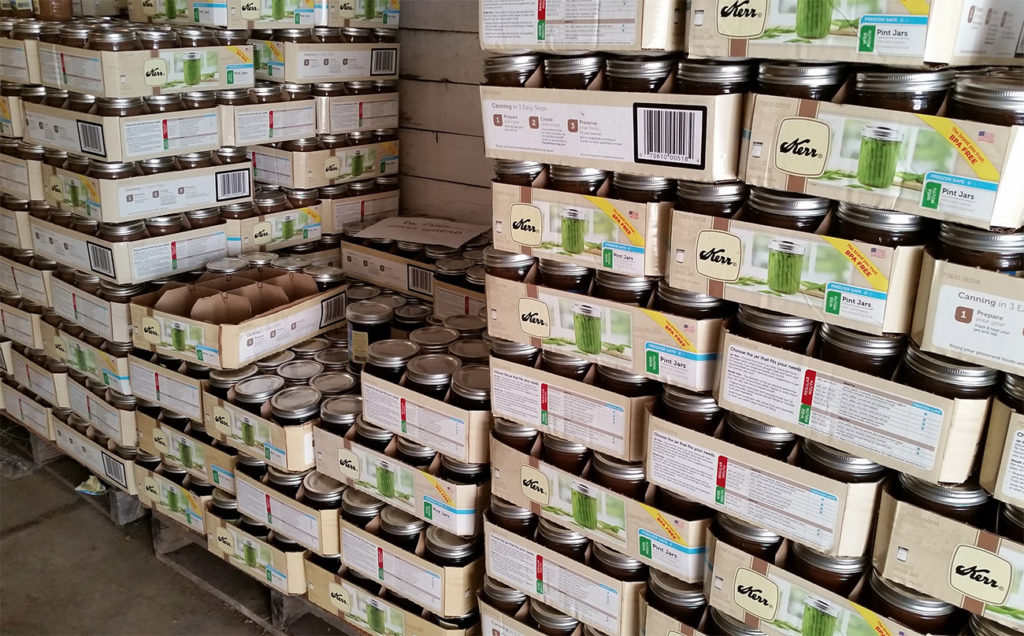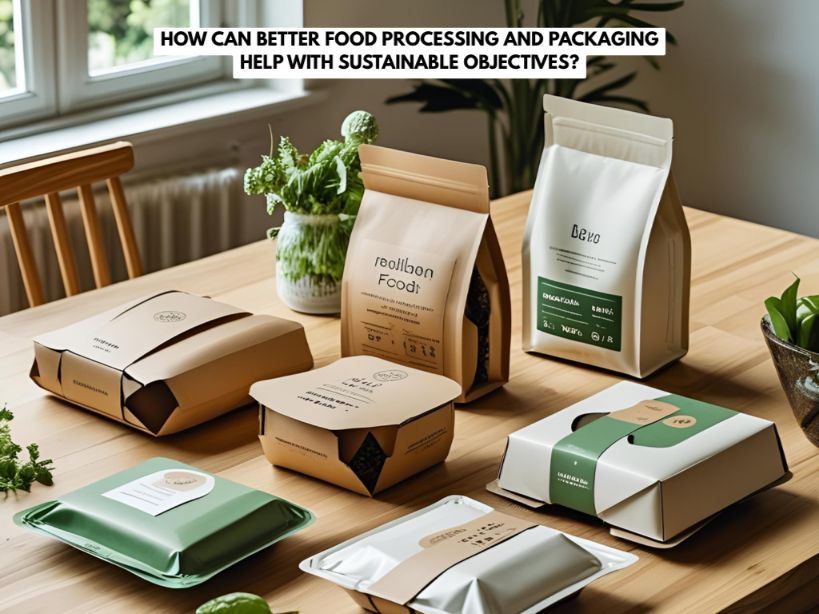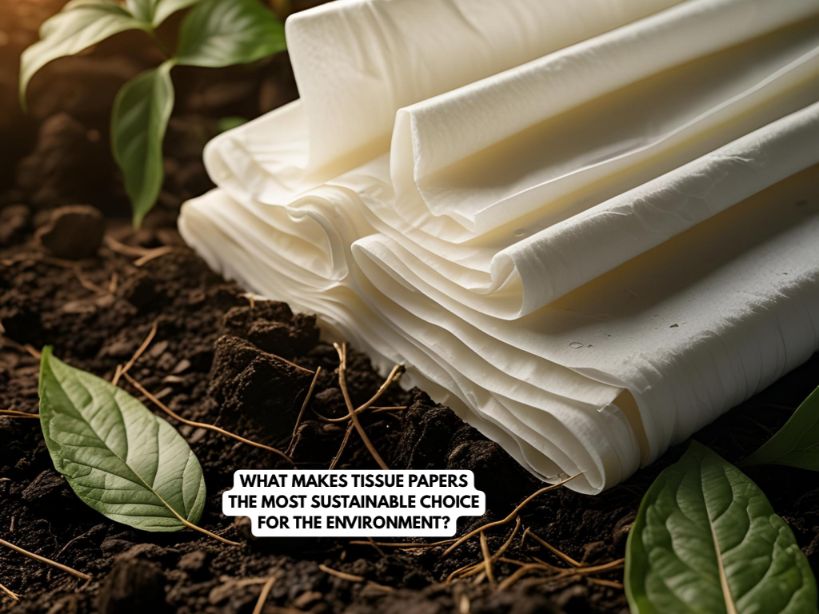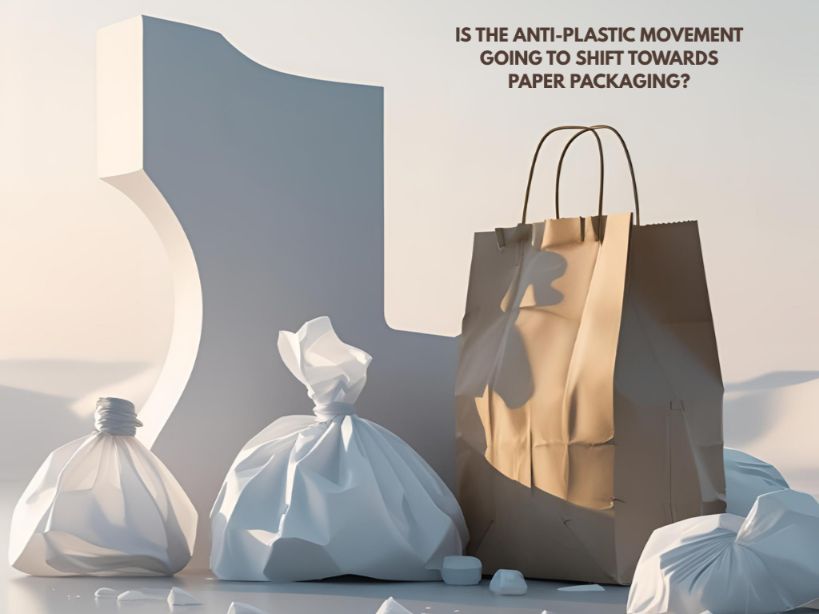How can better food processing and packaging help with sustainable objectives?
Food packaging and processing businesses are going further in order to achieve sustainable objectives. Learn more:
For our world food chains, the U.N. Report on changing climate is a code red. The research warns of overlapping hazards across power, agricultural, and water sectors, producing a devastating destiny for global food chains, noting that world temperature, which climbed 1.1°C during 1850 and 1900, is predicted to approach or surpass 1.5°C Celsius of warming.
Rising temperatures are expected to diminish worldwide yields of rice, maize, and perhaps other grain crops, as well as wreak havoc on food availability, disease transmission, and animal water availability, for every 0.5°C increase expected to bring more regular and harsh agriculture droughts.
Strangely, our world food chains, which account for above a third of global greenhouse gas emissions, are partly responsible for the situation crisis. Demand for food is expected to rise to 9.7 billion by 2050, yet the world now wastes 1/3 of what it generates owing to poor agricultural and preservation procedures created by developing nations’ inadequate infrastructure and developed countries’ wasteful consumer behaviours.
These egregious inefficiencies expose a poisonous and unsustainable link with our global food systems and the environment, with annual hidden costs of $12 trillion, significantly exceeding the economic price of agricultural products.
Borderless solutions are possible for Food Packaging and Processing Businesses
Though agricultural production and environmental protection have traditionally conflicted, only by cooperating and establishing commonality will we be able to effectively solve this deadly loop through worldwide food system change?
Global difficulties and catastrophes know no countries, and food system concerns necessitate international collaboration and multilateral answers. To conform to the “planetary health diet,” we must revamp the way we handle, produce, and consume food from growers to handlers to packers to transporters to consumers all over the world. These common techniques are especially important as the globe moves into the post-pandemic recovery phase.
To meet this enormous problem, we must strategize and creatively think, going beyond established frameworks to reimagine food production methods and implement more ecological, innovative solutions.
Here are three proposals focusing on more ecologically sustainable food systems for the future in the food processing and packaging sectors to show what this may look like:
1. Adoption of a circular economy with a minimal carbon footprint
We confront the issue of lowering food packaging’s environmental effect while increasing food safety and security as a global society. Through cooperative methods, global food players must promote innovation in commodities and end-of-life solutions, devising procedures that decrease or remove this carbon impact.
Although recycling is a critical component of the answer, it is insufficient. The implementation of a low-carbon circular economy is, in the end, the only way we will be able to meet the food and nutrition needs of our rising population for decades to come.
Increased consumption and economic expansion have resulted in resource depletion across human history. The circular economy shifts us far from this approach and toward a system that makes use of existing resources in the value chain. The low-carbon circular economy takes it a step further by considering the climatic effect of raw materials as well as the industrial value chain.
Food packaging and processing technology continue to go further than recycling to examine a product’s overall, long-term environmental effect.

2. Solutions with a long shelf life that keep food safe in the environment
Even though global hunger is increasing, an astonishing one-third of all food produced is lost or wasted. Not only does wasted food contributes to food shortages, but it is also the most common item reaching landfills by mass, producing methane gas and accounting for 8% of greenhouse gases. Food packaging methods that keep the food fresher for a long time are critical to reducing food waste and combating hunger in impoverished nations.
With this in consideration, Tetra Pak innovated aseptic processing and packaging technologies, utilising the sterilisation process to extend the shelf life of the product and properly store food without the need for preservatives or refrigerators. Ambient, long-shelf-life food-safety technologies assist to cut carbon emissions while also reducing food waste and allowing food-insecure areas to preserve and consume food for extended periods.
3. Transparency and traceability in the supply chain should be improved.
The supply networks of today are overburdened and rigid. Considering that food systems are responsible for more than 1/3rd of global greenhouse gas emissions, a greater emphasis on providing transparency would aid in the delivery of safe, nutritional, and healthful food in a sustainable manner, decreasing vulnerabilities and enhancing supply-chain resiliency.
Businesses can only enhance the performance of their sustainable solutions by having insight into every point of the supply chain, from procurement to production, shipping, and consumption. Unilever, for instance, has been undertaking some extremely interesting work in the field, leveraging geospatial data in its sourcing to forecast the likelihood of issues like deforestation and take measures.
Tetra Pak’s “Connected packages” are introducing openness to the food packaging and processing business. They were first introduced in 2019 and have since grown to over 2 billion in number. Each one is branded with a unique digital identifier, thereby converting parcels into information carriers. End-to-end transparency for producers, increased supply chain visibility for merchants, and customer access to information are all made possible by digitization.
Agriculture and food are the quickest approaches to improve health and environmental sustainability. The food business will be under even more pressure to reach the UN Sustainable Objectives and Development Goals because of the latest IPCC report. Let’s hope it will make use of its numerous potential alliances and innovations to reform and rescue our global food supply.
Also, learn how paperboard emerged as a winner amidst the pandemic.


